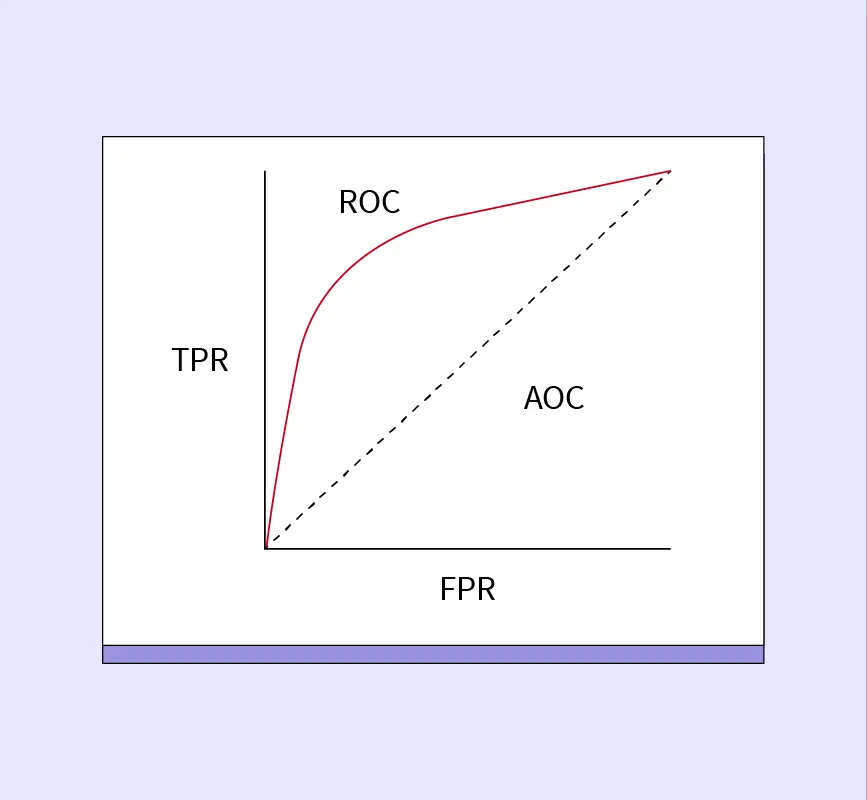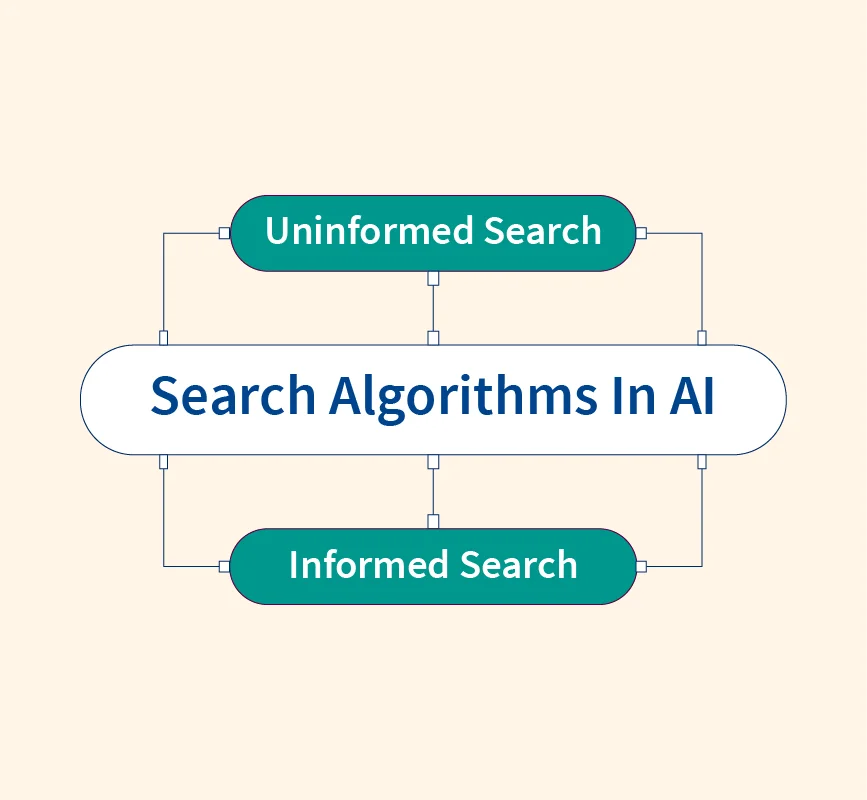Linear algebra, a fundamental branch of mathematics, involves the study of vectors, matrices, and linear transformations. In data science, linear algebra provides the backbone for various techniques used to analyze and interpret data. It helps in modeling relationships, optimizing algorithms, and performing complex calculations.
For instance, data scientists use linear algebra to manipulate datasets, build machine learning models, and perform dimensionality reduction. Understanding these mathematical principles is crucial for leveraging data effectively and developing advanced analytical solutions.
Importance of Linear Algebra in Data Science
Linear algebra is the bedrock upon which many data science techniques are built. It provides the mathematical framework for understanding and manipulating data, making it essential for various tasks in the field. Let’s break down its importance:
- Linear algebra offers powerful tools to represent and manipulate data efficiently, enabling tasks such as data cleaning, transformation, and feature engineering.
- Many machine learning algorithms, including linear regression, support vector machines, and neural networks, rely heavily on linear algebra operations for training and prediction.
- Techniques like Principal Component Analysis (PCA) leverage linear algebra to reduce the dimensionality of data while preserving essential information, improving computational efficiency and model performance.
- Linear algebra concepts enable the identification and extraction of patterns and relationships within data, facilitating tasks such as clustering, classification, and anomaly detection.
In essence, linear algebra provides the mathematical language for understanding and interacting with data in the context of data science. A solid grasp of its principles is fundamental for anyone aspiring to excel in this field.
Key Concepts in Linear Algebra
Vectors and Matrices: Vectors are arrays of numbers that represent data points in a multidimensional space, while matrices are rectangular arrays used to organize and manipulate data. These structures are crucial for representing and analyzing datasets in data science.
Matrix Operations: Operations such as addition and multiplication allow data scientists to perform complex calculations and adjustments on datasets. For example, matrix multiplication is used in algorithms to combine and transform data efficiently.
Eigenvalues and Eigenvectors: These concepts help in understanding the structure of data. Eigenvalues and eigenvectors are integral to techniques like PCA, where they are used to reduce dimensionality and highlight the most significant features of a dataset.
Applications of Linear Algebra in Data Science
- Machine Learning Algorithms: Linear algebra is crucial in training and optimizing machine learning models. For instance, linear regression uses matrix operations to fit a model to data, adjusting coefficients to minimize error and make predictions.
- Image Processing: Linear algebra techniques are used to transform and enhance images. PCA, for example, can compress images by reducing their dimensionality while preserving essential features, which is useful in image compression and enhancement.
- Natural Language Processing (NLP): In NLP, linear algebra is used to represent and analyze text through embeddings. Word2Vec, for example, creates vector representations of words, enabling efficient text analysis and semantic understanding.
- Data Fitting and Predictions: Linear algebra is applied in creating predictive models. Polynomial regression, which fits a polynomial function to data, utilizes matrix operations to estimate relationships and make forecasts.
- Network Analysis: Linear algebra helps analyze networks and graphs, such as social networks or web links. The PageRank algorithm, used by search engines to rank pages, relies on matrix operations to assess the importance of nodes within a network.
- Optimization Problems: Solving complex optimization problems often involves linear algebra. Techniques like gradient descent use matrix operations to find optimal solutions in various applications, from machine learning to resource allocation.
Advanced Techniques in Linear Algebra for Data Science
- Singular Value Decomposition (SVD): SVD decomposes matrices into singular values and vectors, aiding in dimensionality reduction and data compression. It is commonly used in recommendation systems and image processing.
- Principal Component Analysis (PCA): PCA simplifies data by reducing its dimensionality while retaining variance. It’s applied in feature reduction and data visualization, making complex datasets more manageable.
- Tensor Decompositions: Tensors extend matrices to higher dimensions, allowing for the analysis of multi-dimensional data. Decomposing tensors helps handle complex datasets, such as those involving time-series or multi-view data.
- Conjugate Gradient Method: This method is used for solving large linear systems efficiently. It’s often applied in numerical solutions for systems arising in scientific computations and machine learning.
Challenges in Learning Linear Algebra for Data Science
- Abstract Concepts: The theoretical nature of linear algebra can be challenging. Concepts such as eigenvalues and eigenvectors may seem abstract and difficult to grasp without practical examples.
- Steep Learning Curve: Acquiring and applying linear algebra knowledge can be demanding. The complexity of concepts and their applications in data science requires significant effort and practice.
- Bridging Theory and Practice: Translating theoretical knowledge into practical solutions can be difficult. Applying linear algebra concepts to real-world data science problems requires a deep understanding and hands-on experience.
- Overwhelming Range of Applications: The diverse applications of linear algebra in data science can be overwhelming. Understanding where and how to apply different techniques requires continuous learning and exploration.
Representation of Problems in Linear Algebra
Linear algebra provides multiple powerful methods to represent and tackle complex problems, making them easier to analyze and solve. Here’s a look at some key representations:
- Many problems can be efficiently expressed as matrix equations, facilitating the use of matrix operations for solutions.
- Geometrically represent data points and relationships, enabling visualization and intuitive understanding of transformations and solutions.
- Commonly encountered problems, can be neatly organized into matrix equations, paving the way for systematic solution techniques.
- It represents transformations and data characteristics and is useful in dimensionality reduction and understanding the core structure of data.
Conclusion
Linear algebra is a cornerstone of data science, underpinning many techniques and algorithms used for data analysis and modeling. Mastering these concepts is essential for developing effective data science solutions and advancing analytical skills. Embrace the challenge of learning linear algebra and explore additional resources or courses to deepen your understanding and application of these fundamental principles.


